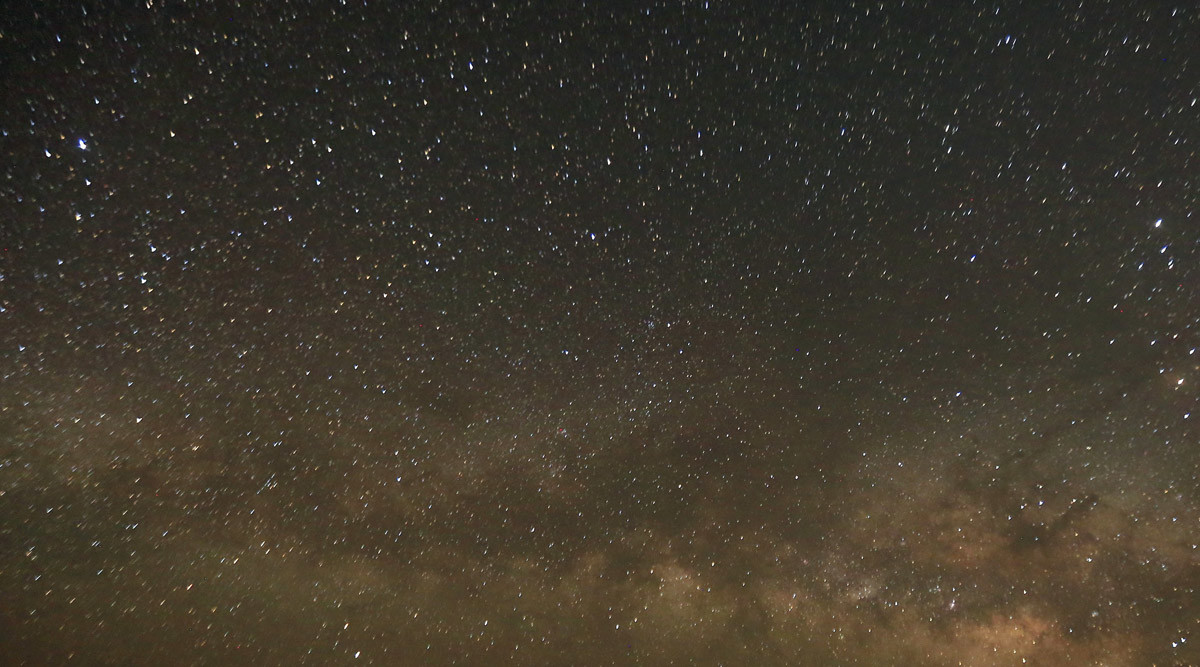With a perimeter of about 1.6km, it will take up to 40 minutes to walk around the single-aperture spherical telescope, which is called "FAST". It will be constructed deep in the mountains of the southwestern Guizhou Province, built on a naturally formed bowl-shaped valley, Xinhua reports.
"There are three hills about 500 meters away from one another, creating a valley that is perfect to support the telescope," Sun Caihong, chief engineer of FAST's construction, told the news agency.
China may complete construction of the world's largest single-aperture radio telescope in 2016 http://t.co/Rfbiy0Zj5V pic.twitter.com/X18eY4qhdW— People's Daily,China (@PDChina) July 24, 2015The chief scientist of the FAST project, a Chinese astronomer Nan Rendong, explained that the bigger the dish is, the more powerful the telescope.
"A radio telescope is like a sensitive ear, listening to distinguish meaningful radio messages from white noise in the universe. It is like identifying the sound of cicadas in a thunderstorm," the scientist said.
First of 4,600 panels for China's FAST telescope shipped, says state media. Will be world's largest radio telescope pic.twitter.com/Yt9FTZIE1d — Andrew Jones (@AJ_FI) July 21, 2015The dish will shift to receive radio signals from different angles.
"Panels can change their positions through connected wires and parallel robots. We can control their position with an accuracy of 1 mm," Zheng Yuanpeng, chief engineer of the telescope's panel project, told Xinhua.
It's hoped that the new telescope will boost Chinese scientists' capacity to observe outer space.
Wu Xiangping, director-general of the Chinese Astronomical Society, lamented that for years local scientists had to work on "second hand" data collected by other researchers.
"Having a more sensitive telescope, we can receive weaker and more distant radio messages. It will help us to search for intelligent life outside the galaxy and explore the origins of the universe," Wu said.
Earlier this week, it was reported that Russian internet billionaire Yuri Milner will be funding a project, backed by Stephen Hawking, to scan the skies in the search for alien life. Two of the world's largest telescopes (in West Virginia and in New South Wales) will be used during the epic hunt.
"I think it's an important project for the whole humanity. We now have the technology, we have the capability, we have the software and hardware to really try to get to the answer to this pretty fundamental question: are we alone in the universe? And I think in the next 10 years we will be able to make significant progress, which in order of magnitude more significant than in the last 55 years," Milner, whose background is physics, told RT on Thursday.




Comment: Happy hunting.